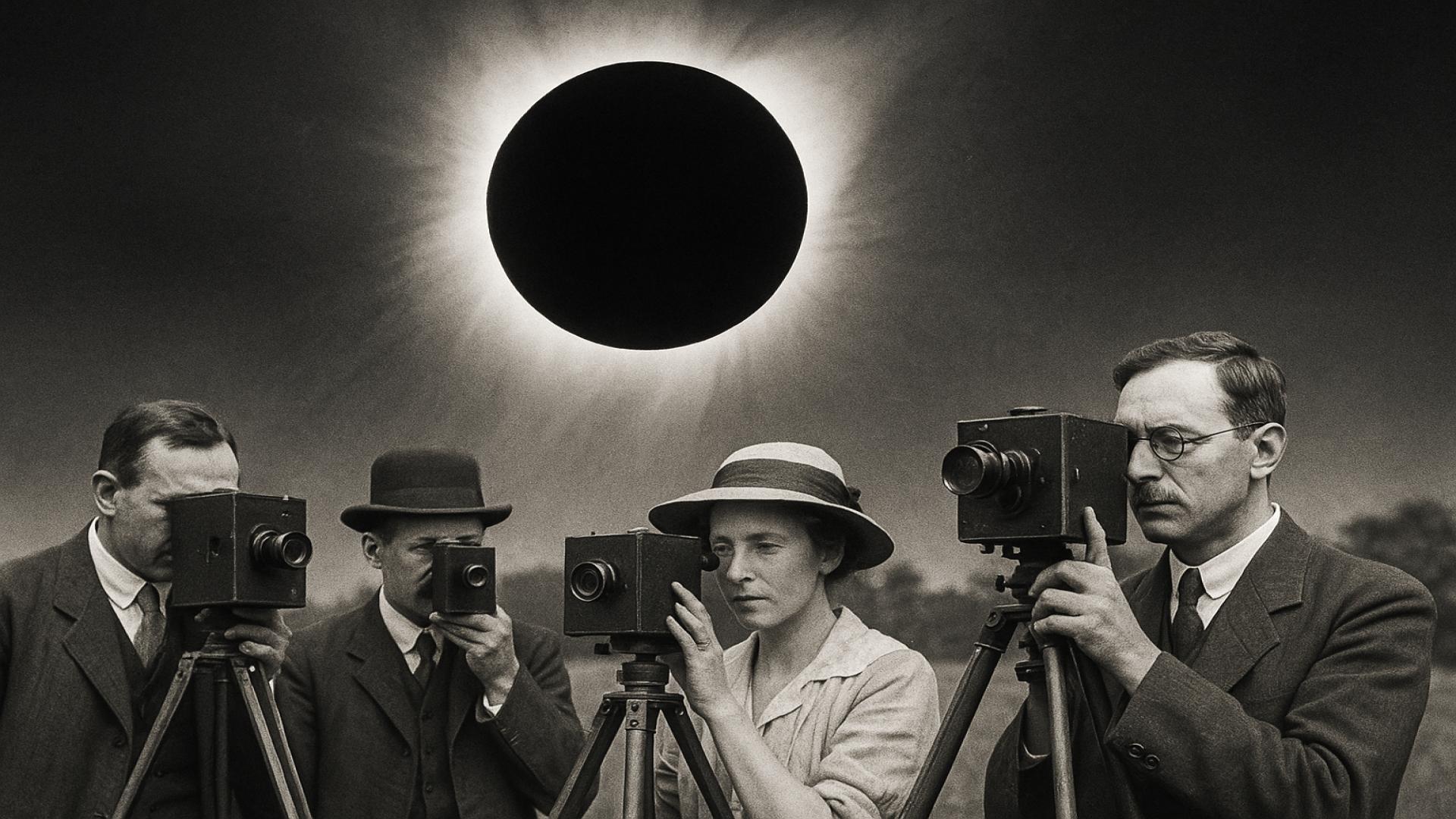1. The 1919 Solar Eclipse: A Rare Celestial Event

The total solar eclipse of May 29, 1919, was a rare and eagerly anticipated event, visible along a narrow path from southeastern Peru and northern Chile, across central Bolivia and Brazil, and into parts of Africa, including Liberia, Côte d’Ivoire, and the island of Príncipe. This celestial phenomenon provided astronomers with a unique opportunity to test Einstein’s theory of general relativity, as the Sun’s gravity would bend the light from distant stars, making them visible during the eclipse. (scientificamerican.com)















